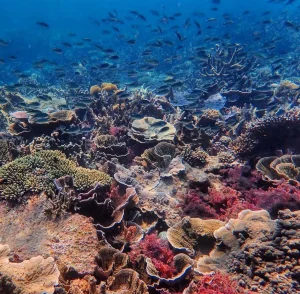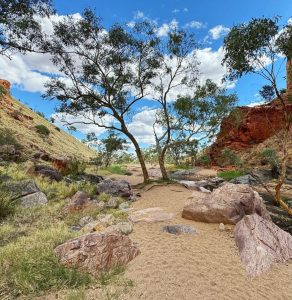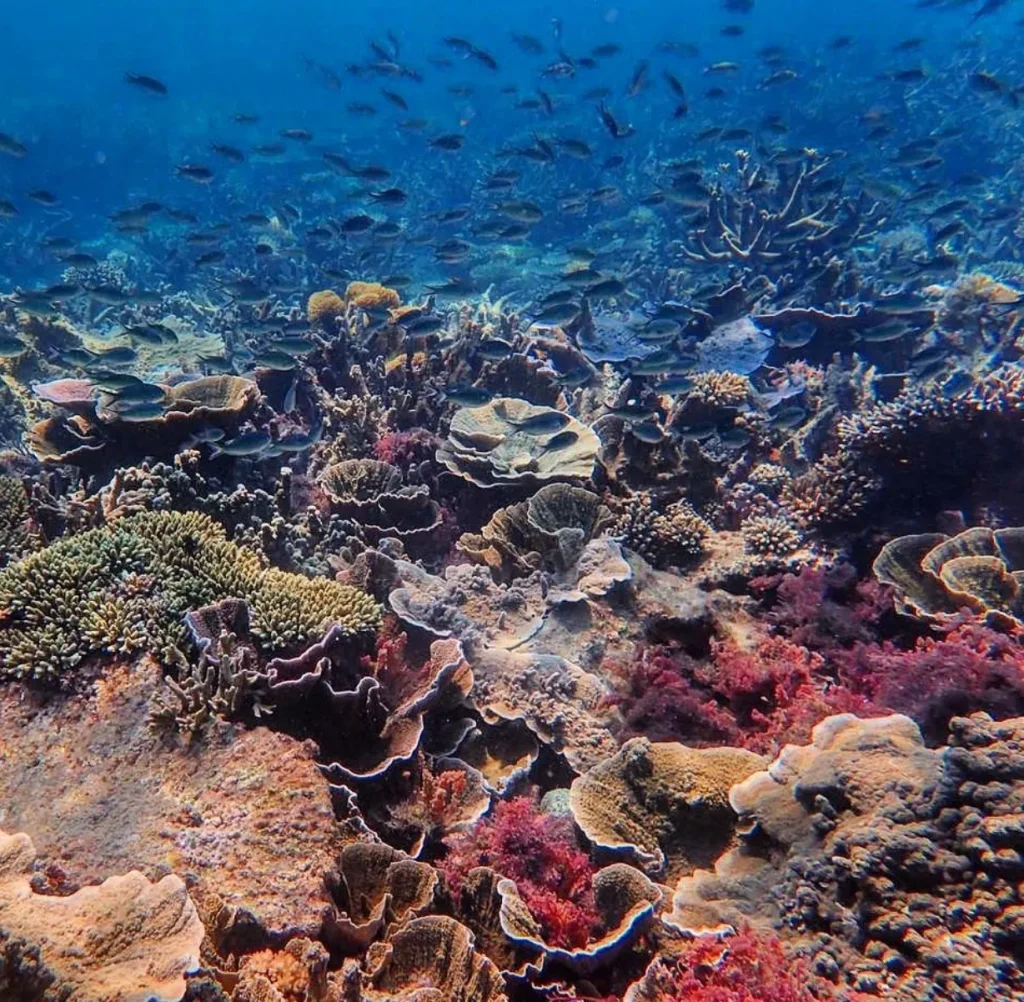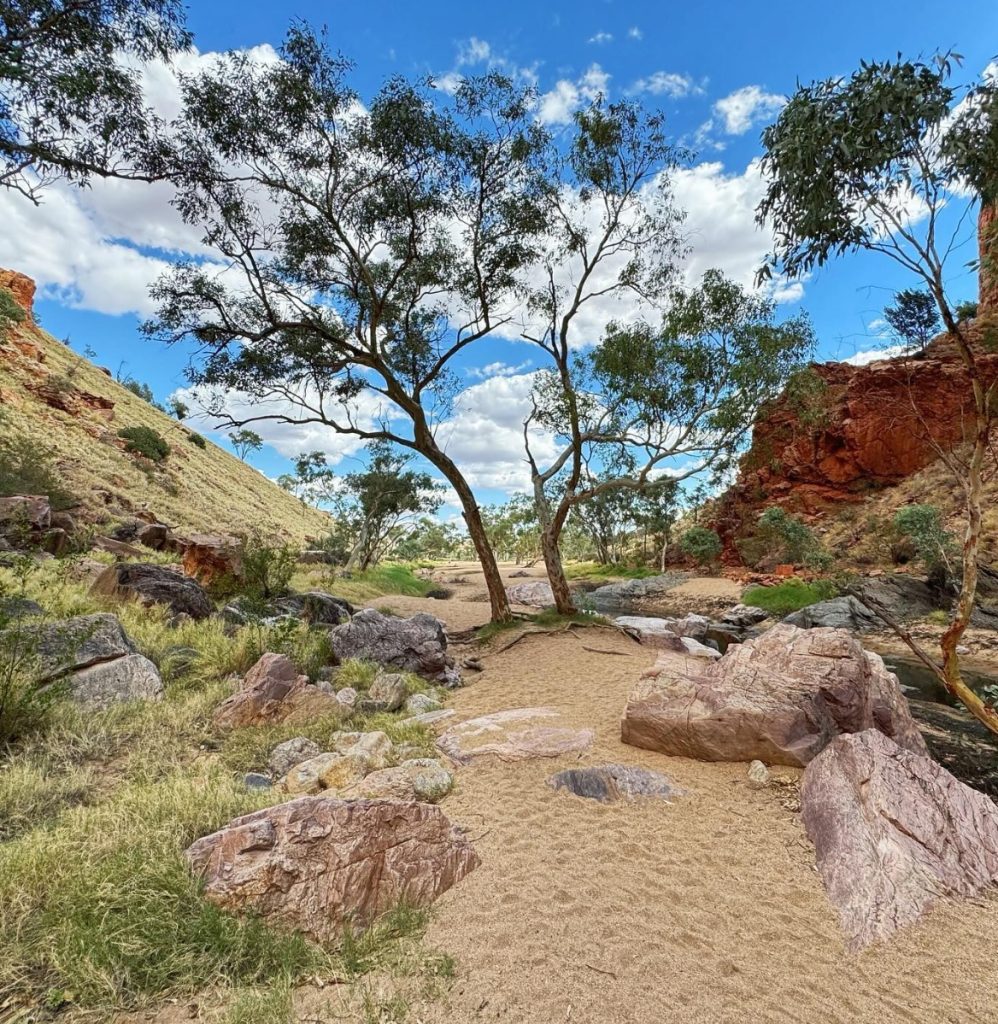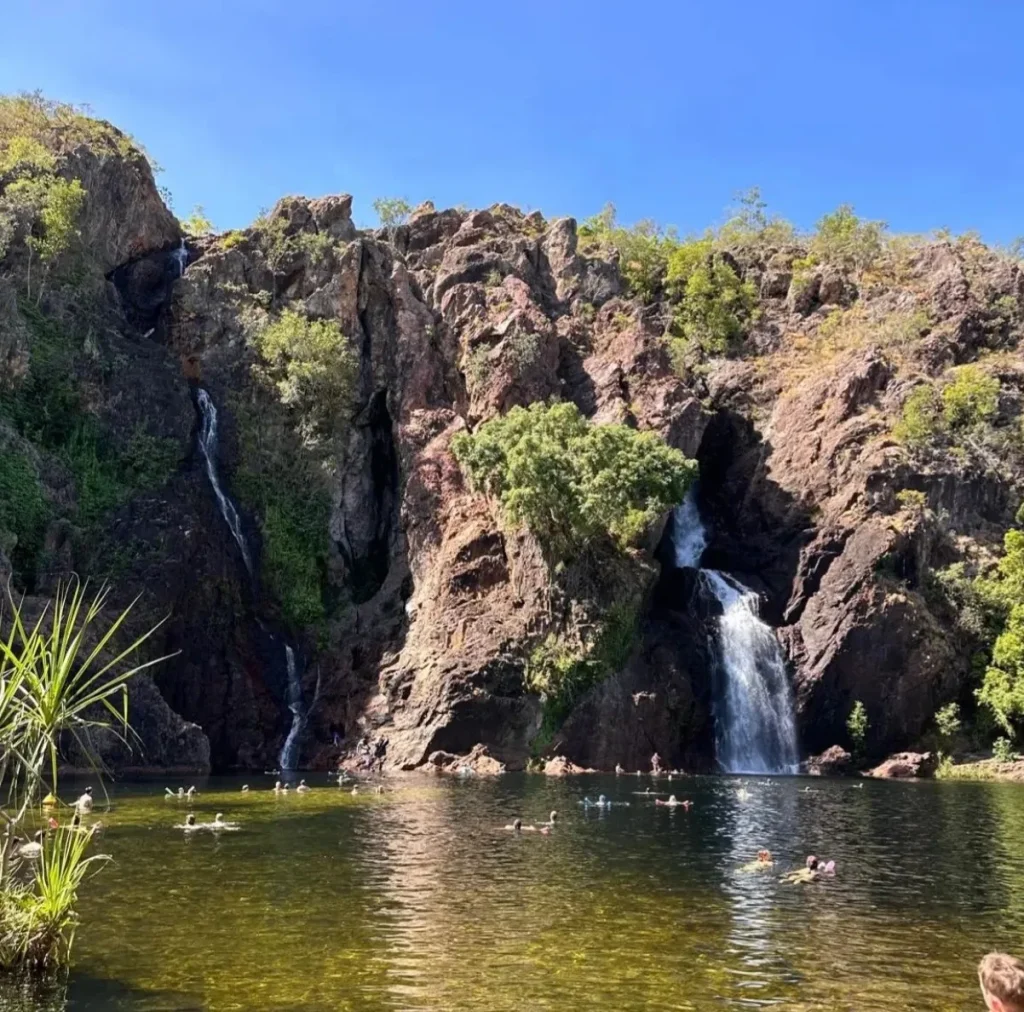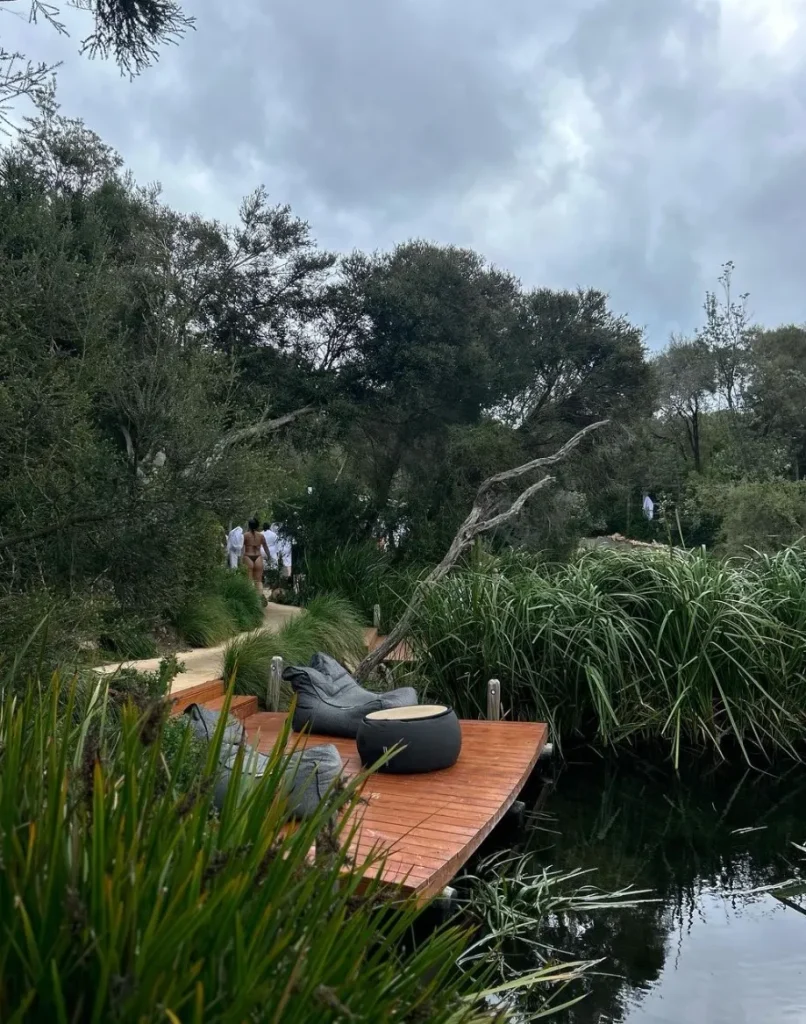Deep within the rugged landscape of California lies a majestic chasm carved by glaciers, rivers, and time – Kings Canyon. Nestled in the Sierra Nevada mountain range, this expansive and wild terrain is home to some of the deepest valleys, sky-high peaks, and abundant wildlife. Kings Canyon National Park, established in 1940, encompasses a variety of dynamic ecosystems and geological wonders, making it a popular destination for nature enthusiasts and adventurers alike. In this article, we delve into exactly where Kings Canyon is located, what makes it unique, and why it should be your next travel destination. The park is also easily accessible from Uluru to Kings Canyon, allowing travelers a smooth transition between iconic natural landmarks.
Where is Kings Canyon Located?

Kings Canyon National Park is situated in the southern part of California’s Sierra Nevada mountains. Its coordinates place it roughly in the center of the state, providing a scenic refuge relatively equidistant from both the northern and southern borders of California. The park is contiguous with Sequoia National Park, sharing a boundary and jointly managed by the National Park Service. Key nearby cities include Fresno to the west and Bishop to the east, which both offer gateways to this majestic canyon via scenic byways and well-maintained roads. The journey from Uluru to Kings Canyon highlights a stark contrast between the Australian outback and the mountainous terrains of the North American continent.
The Unique Features of Kings Canyon
Renowned for its dramatic landscape, Kings Canyon boasts some of the steepest vertical reliefs in North America. From the roaring Kings River to the serene Zumwalt Meadow, the canyon offers a tapestry of awe-inspiring visuals. The park is divided into two distinct areas: the familiar front-country which is easily accessible and brimming with vistas and visitor facilities, and the remote back-country, which offers a true wilderness experience for hikers and backpackers who venture beyond the beaten path.
Geology of Kings Canyon
Kings Canyon’s incredible depth and rugged terrain are a result of glacial action that has shaped the Sierra Nevada over millions of years. The canyon is one of the deepest in the United States, with walls soaring over 8,000 feet above the riverbed. Notable formations include the imposing Grand Sentinel and North Dome, which stand as sentinels to this immense geological marvel. These granite formations contribute significantly to the park’s dramatic landscape and provide countless opportunities for rock climbing and photography.
| Formation Name | Description | Location within Park |
|---|---|---|
| Grand Sentinel | Towering granite spire | South of the Kings River |
| North Dome | Rounded granite dome | North of the Kings River |
Wildlife and Vegetation in Kings Canyon
The park serves as a haven for a myriad of species owing to its diverse habitats, that range from dry foothills to high alpine peaks. Its biological diversity includes giant sequoias in the forested areas, alpine wildflowers dotting the meadows, and junipers crowning the high sierra. Fauna includes resilient residents such as the majestic black bear, mule deer, mountain lions, and diverse bird species. Ongoing conservation efforts aim to protect this fragile ecosystem and the creatures that call it home.
Popular Activities in Kings Canyon
The park’s vast terrain and variety of landscapes offer a multitude of recreational opportunities for visitors. The extensive trail network allows hikers of every level to explore the park – from easy strolls through sequoia groves to challenging treks in the high sierra. Here is a simplified list of activities that visitors can enjoy in Kings Canyon National Park:
- Hiking and backpacking trails ranging from leisurely to strenuous
- Rock climbing on the iconic cliffs
- Photographic opportunities of the varied landscapes
- Viewing wildlife in their natural habitat
- Fishing in the lakes and rivers
- Horseback riding through specific trails
Visitor Information for Kings Canyon
To make the most of your visit to Kings Canyon, it’s important to be well-informed. The best times to visit are late spring through early fall when most facilities are open and the weather is conducive for outdoor activities. Visitors should prepare for changing weather conditions and pack accordingly — from sun protection to adequate layers for cooler temperatures. Key visitor centers like the Kings Canyon Visitor Center at Grant Grove provide helpful resources, maps, and guidance for your trip planning.
Getting to Kings Canyon National Park
Although remote, Kings Canyon National Park is accessible by various means. Most visitors drive, entering the park via California Highway 180, which winds its way from the San Joaquin Valley up into the mountainous terrain. Alternatively, the nearest airports are in Fresno and Visalia, with car rental options available. Here’s a brief list of directions and transportation modes frequently used by visitors:
- Via Car – Highway 180 from Fresno (The Kings Canyon Scenic Byway)
- Nearest Airports – Fresno Yosemite International Airport (FAT) or Visalia Municipal Airport (VIS)
- Public Transportation – Limited services; most visitors prefer to drive or utilize tour services
Accommodations Near Kings Canyon
When it comes to lodging, visitors will find a range of options both within and nearby Kings Canyon National Park. Comfortable lodges, cozy cabins, and well-maintained campgrounds offer accommodations that allow you to immerse yourself in the natural beauty of the park. To help with your planning, here’s a snapshot of the accommodation types you can expect to find:
| Type of Accommodation | Description |
|---|---|
| Lodges | Rustic lodges with modern amenities |
| Cabins | Private and semi-private cabin options |
| Campgrounds | Designated sites for tents and RVs with varying levels of facilities |
Conclusion
Kings Canyon National Park presents an incomparable fusion of geological grandeur, ecological variety, and recreational diversity. Whether you’re trekking along the park’s multitude of trails, capturing its picturesque landscapes, or observing the fascinating wildlife, your adventure through Kings Canyon is sure to be an unforgettable experience. With its convenient location and an array of visitor amenities, Kings Canyon remains a jewel within California’s collection of natural wonders, deserving a prime spot on every travel enthusiast’s bucket list.
Frequently Asked Questions
FAQ: What is the best time of year to visit Kings Canyon?
A: The optimal period for visiting Kings Canyon is from late spring to early fall. During these months, visitors can enjoy warmer weather, accessible trails, and full operation of park facilities, making for an ideal outdoor experience.
FAQ: Are there any entrance fees for Kings Canyon National Park?
A: Yes, Kings Canyon National Park requires an entrance fee, whether you’re entering by car, motorcycle, or on foot. Annual passes are available for frequent visitors, and there are several fee-free days throughout the year.
FAQ: Can you recommend any family-friendly hikes in Kings Canyon?
A: For families with children, the Grant Tree Trail is an excellent choice, as it’s a short, paved path that leads to the famous General Grant Tree – one of the largest trees on Earth.
FAQ: Is it possible to visit Kings Canyon and Sequoia National Park on the same trip?
A: Yes, since Kings Canyon and Sequoia National Parks are adjacent to each other, it’s very feasible to plan a trip that includes both parks. This provides an enriching experience with a variety of landscapes and activities.
FAQ: What kind of wildlife might I see in Kings Canyon?
A: The park is home to an impressive array of wildlife, from black bears and mule deer to mountain lions and scores of bird species. Always be sure to keep a safe distance from wildlife and follow park policies on observing animals.

